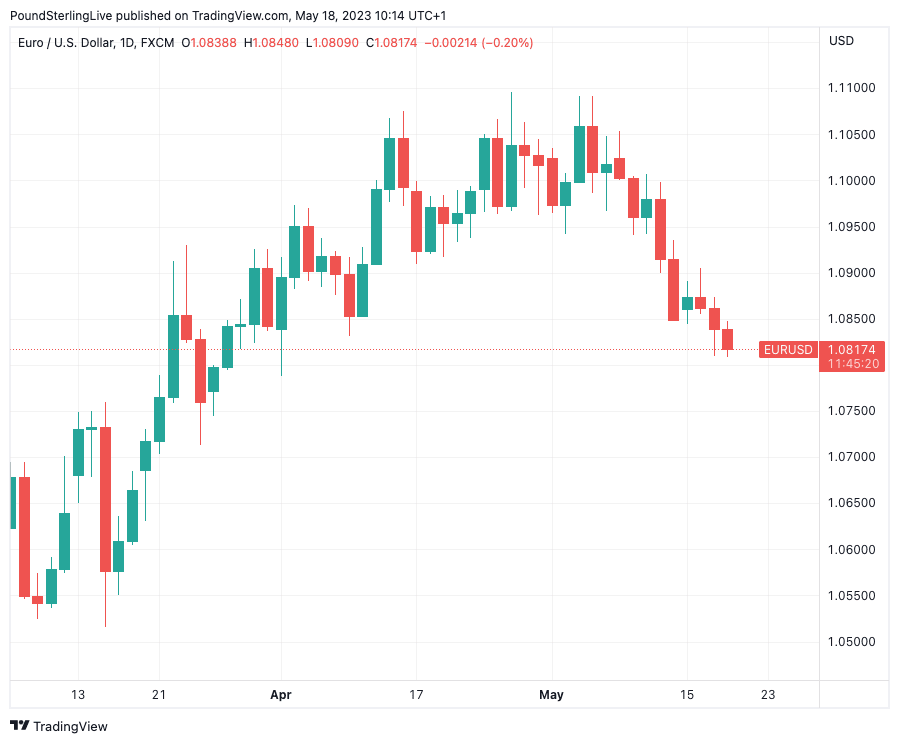"U.S. Dollar Supported for a While Longer" - XM.com

Image © Adobe Images
Written by Charalampos Pissouros, Senior Investment Analyst at XM.com. An original version of this article can be read here.
The dollar traded mixed against the other major currencies yesterday, losing mostly against the risk-linked currencies, which likely received support from gains on Wall Street.
Today, the greenback is outperforming almost all its major counterparts.
What may have kept traders willing to add to their dollar long positions may have been headlines that debt-ceiling negotiations in the U.S. are moving in the right direction, with both President Joe Biden and Republican House Speaker Kevin McCarthy agreeing that they must prevent a catastrophic default.
Underscoring willingness for common ground, President Biden said that he would cut short his trip to Japan for the annual G7 summit and return to the US on Sunday, adding that all leaders of Congress agree that a default is not an option.
Combined with data suggesting that the housing market is timidly improving, or at least stabilizing, and following Tuesday’s better-than-expected retail sales numbers, this allowed market participants to consider a higher probability for another hike by the Fed in June and take off the table more basis points worth of rate reductions.
Above: EURUSD at daily intervals.
According to Fed funds futures, they are now assigning a 20% probability for a June hike, while they are fully pricing in two quarter-point cuts by the end of the year.
Just a week ago they were convinced that more than 75bps worth of rate reductions are warranted.
All this is likely to keep the US dollar supported for a while longer.
However, calling for a full-scale bullish reversal remains premature.
History has shown that debt-ceiling accords are reached at the last minute, which leaves room for more disappointing headlines heading into the June 1 deadline.
On top of that, investors are not totally dismissing additional cuts. They just pushed them back.
For example, a third 25bps reduction is now expected in January instead of December.
Therefore, with the ECB and the BoE still expected to deliver around two more 25bps hikes each, the recent strength of the dollar can be classified as a corrective rebound within its broader downtrend, or the start of a consolidation period.
Wall Street also cheered the progress in the debt-ceiling negotiations and the decent housing data, with all three of its main indices gaining more than 1% each.
It seems that investors are willing to buy when headlines and data are easing concerns about a potential recession in the U.S., but they are also buying when expectations of rate reductions heighten.
Perhaps in the latter case they are willing to buy high-growth tech firms despite fears of an imminent recession increasing, as those firms are usually valued by discounting expected cash flows for the quarters and years ahead.
Thus, expectations of lower interest rates in the future result in higher present values but also hopes of lower borrowing costs.
Investors' relief was also reflected in oil prices, with WTI gaining nearly 3% yesterday, but also in gold, which extended its retreat and is now flirting with the key support zone of $1,975.
Risk-linked currencies were also firmer yesterday, but the aussie took a hit today after Australia’s weaker-than-expected jobs report convinced more traders that the RBA will step back to the sidelines at its upcoming gathering.

